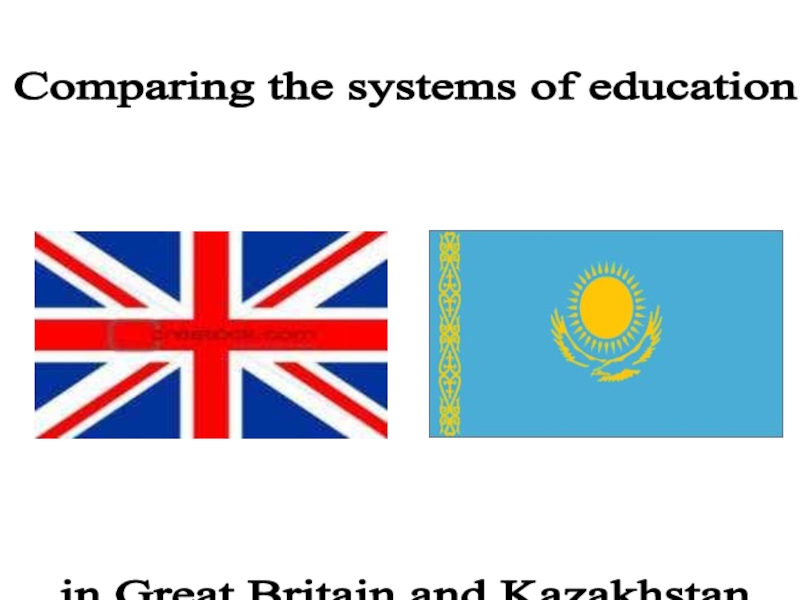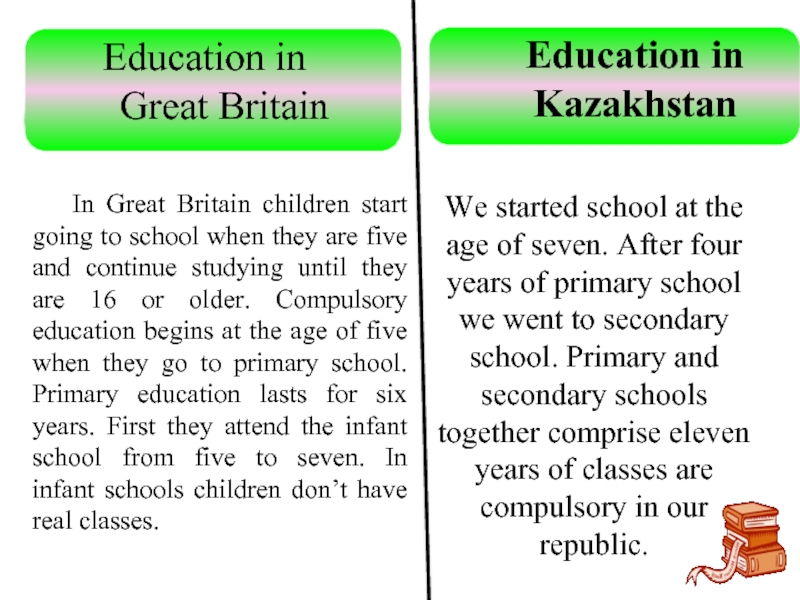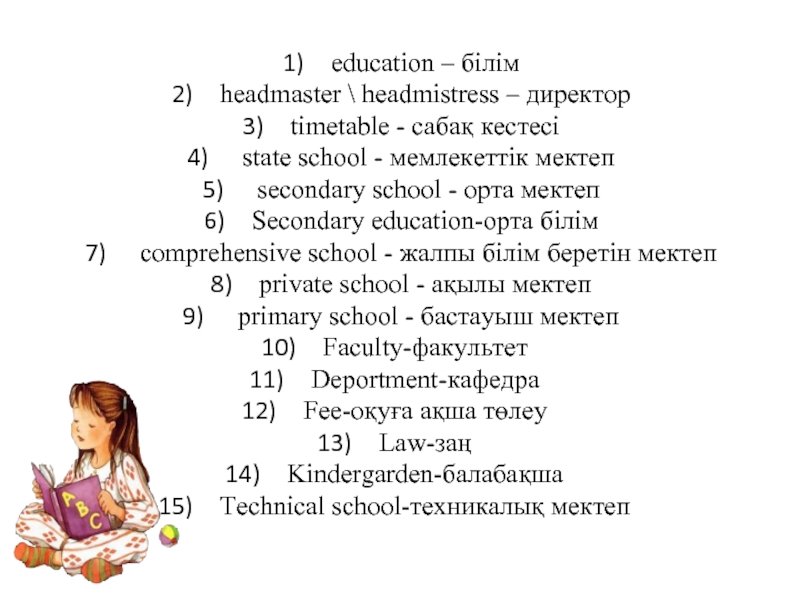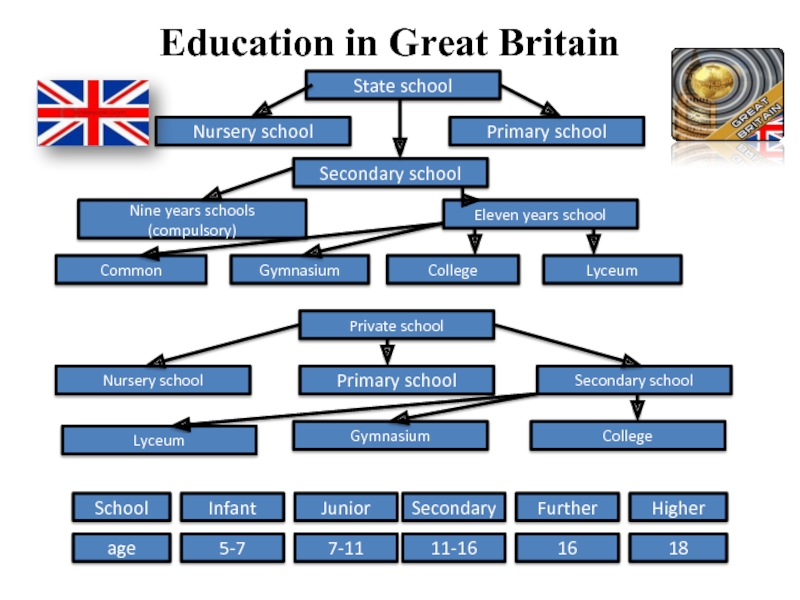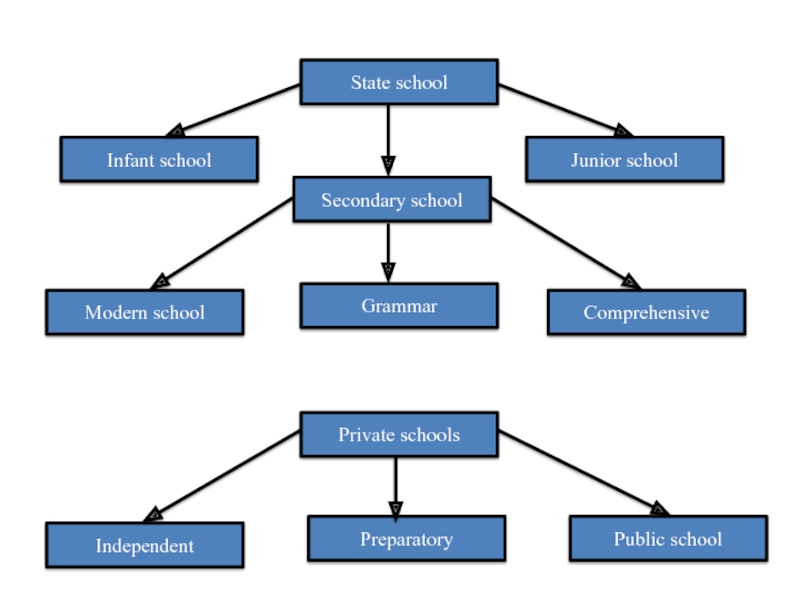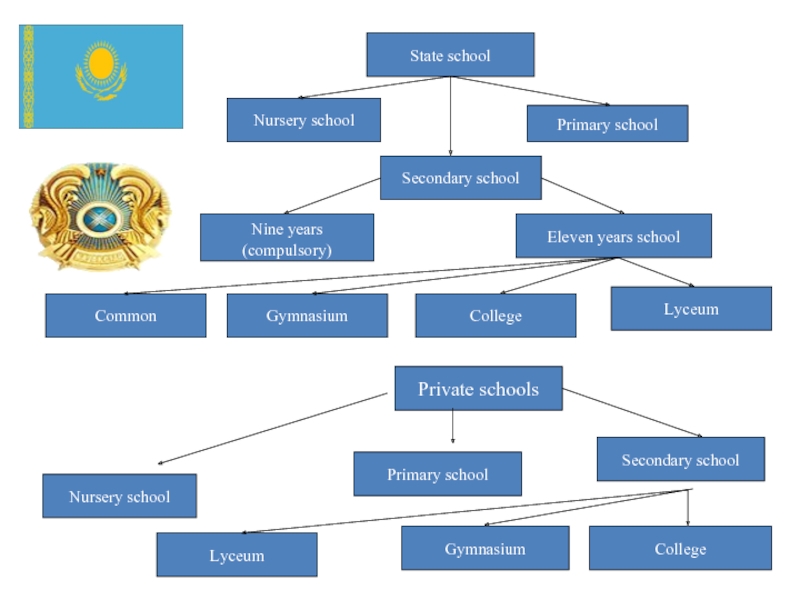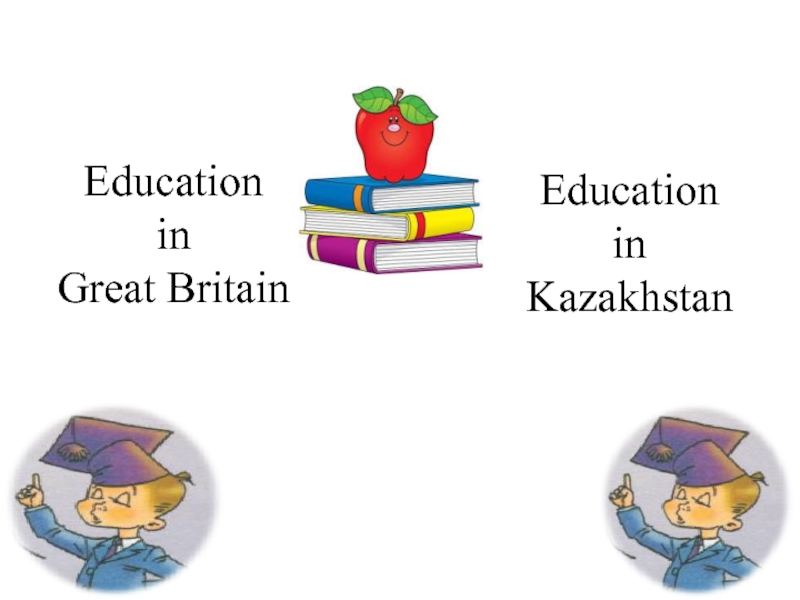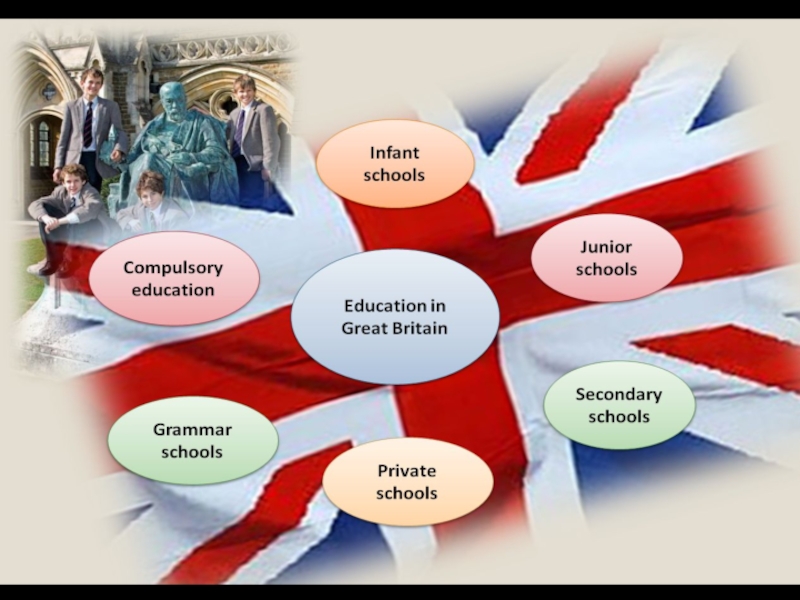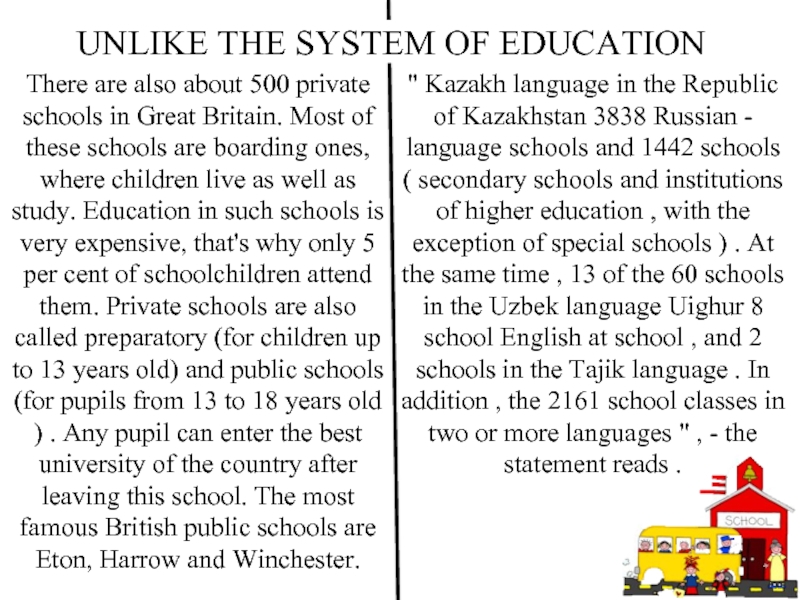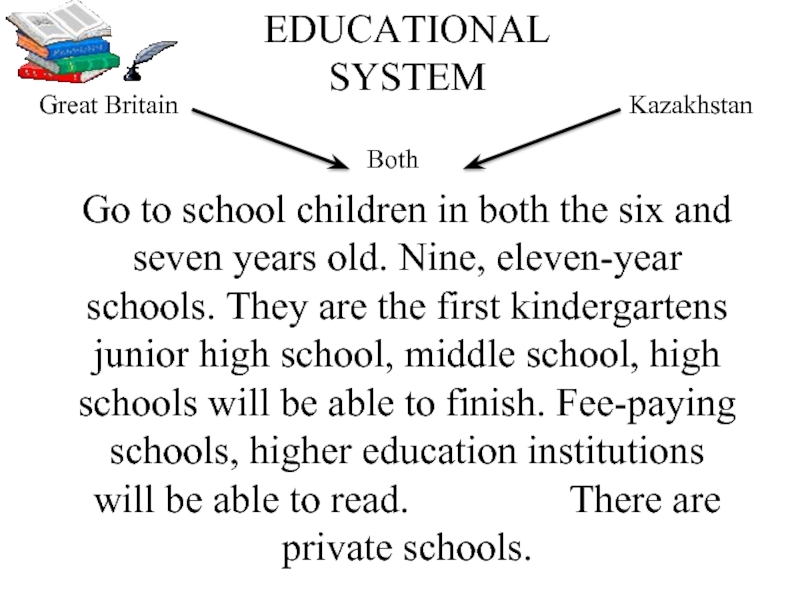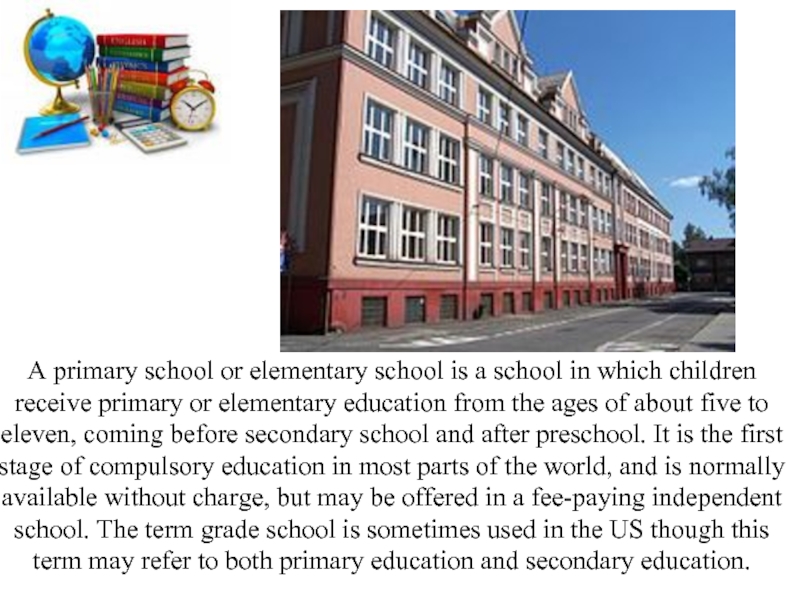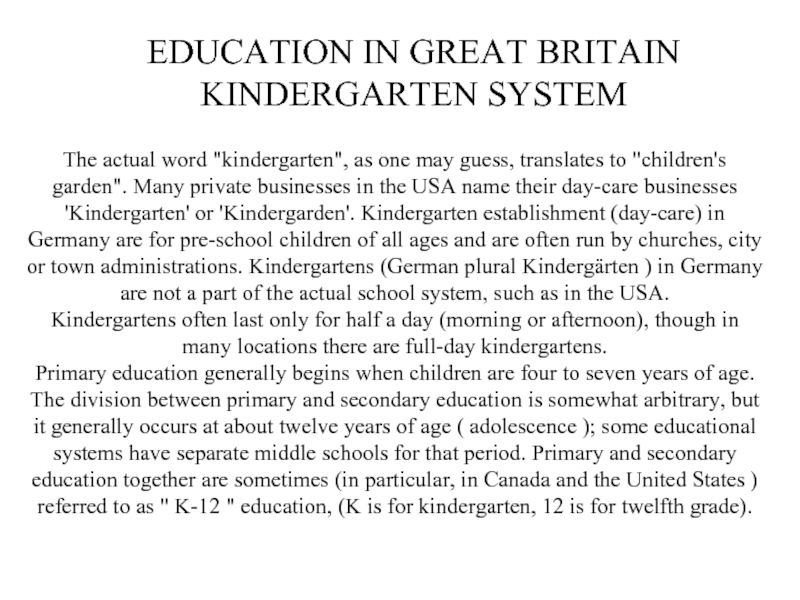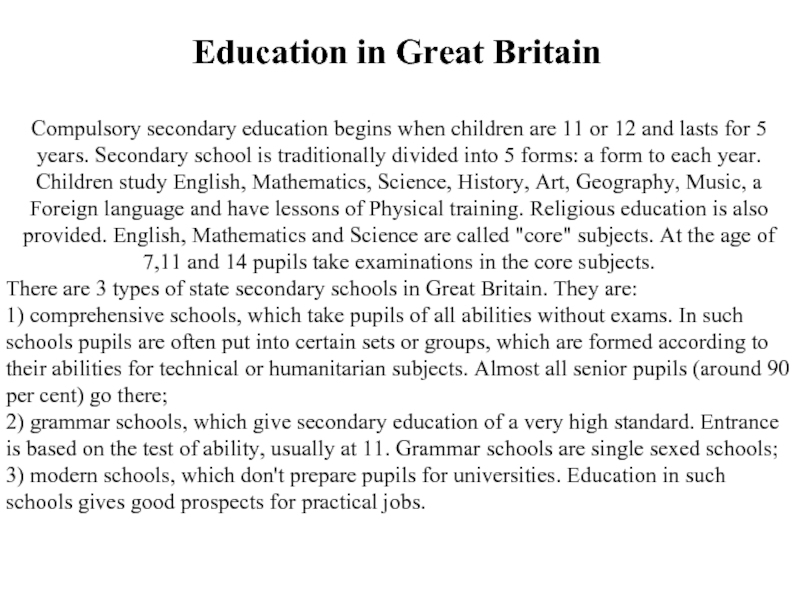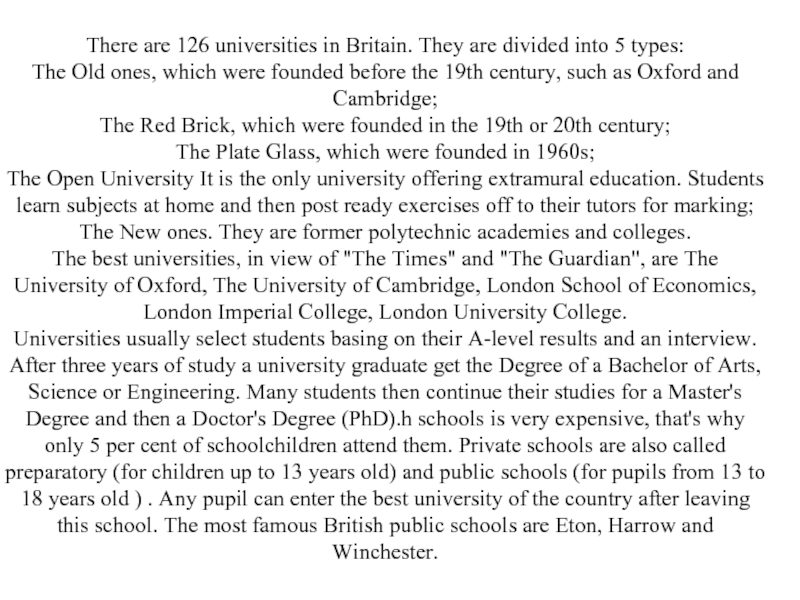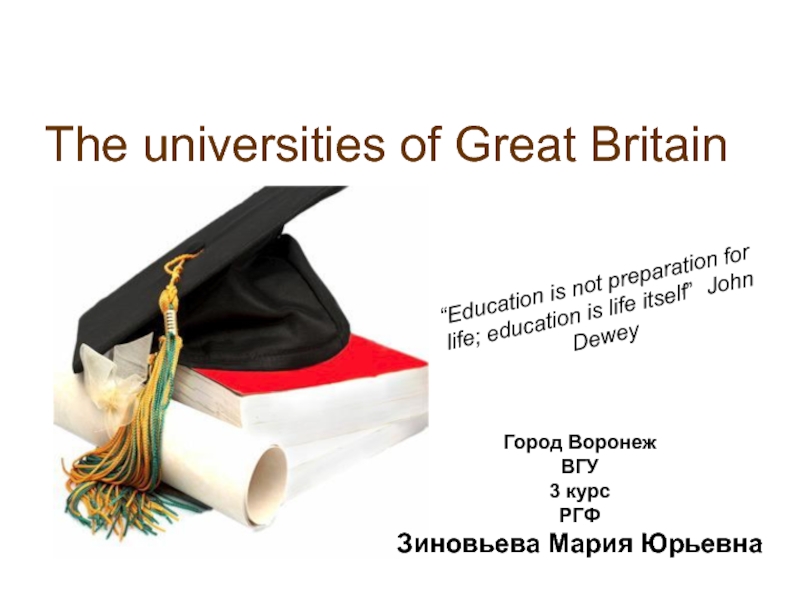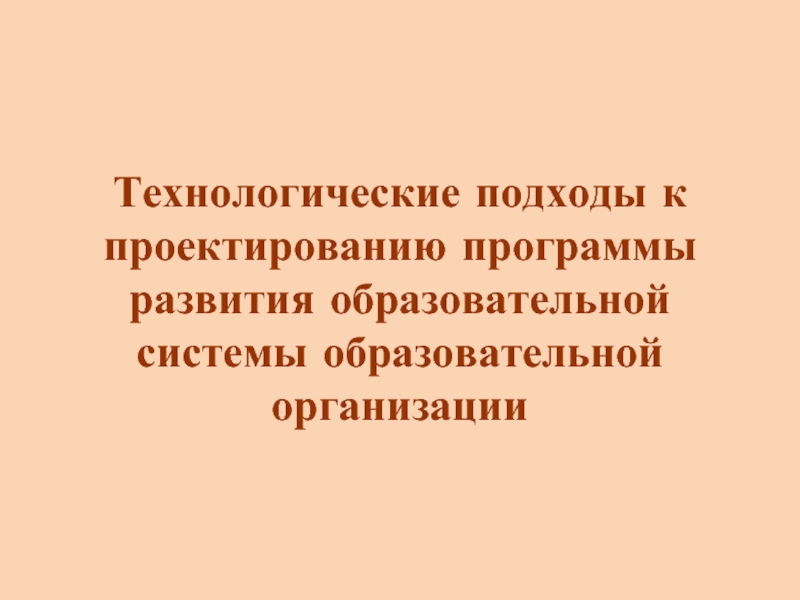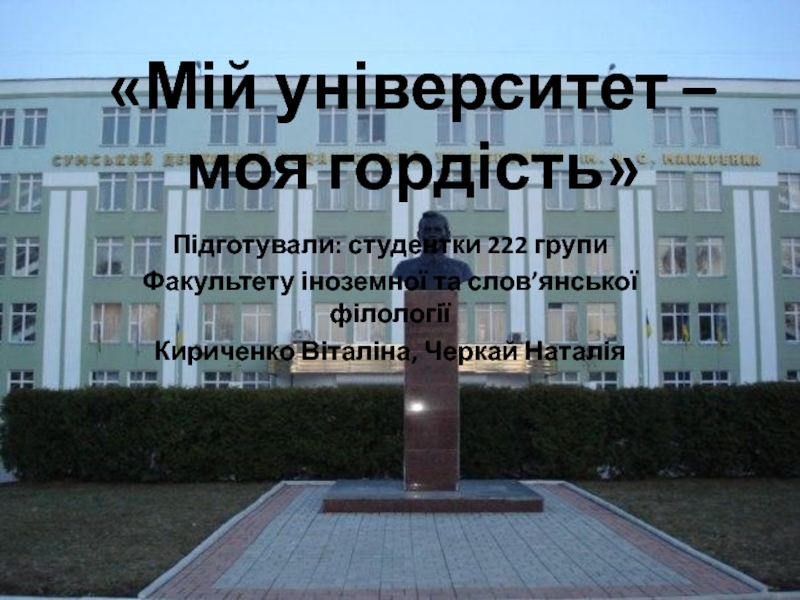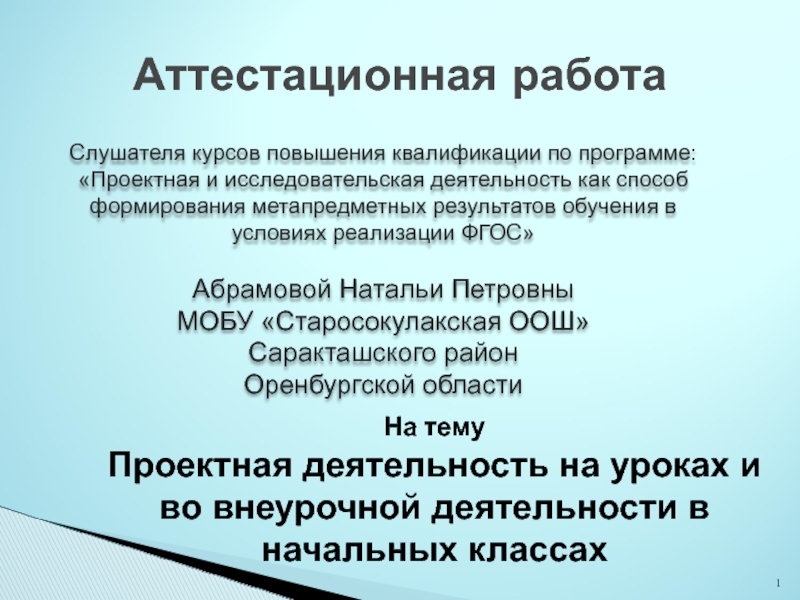- Главная
- Разное
- Дизайн
- Бизнес и предпринимательство
- Аналитика
- Образование
- Развлечения
- Красота и здоровье
- Финансы
- Государство
- Путешествия
- Спорт
- Недвижимость
- Армия
- Графика
- Культурология
- Еда и кулинария
- Лингвистика
- Английский язык
- Астрономия
- Алгебра
- Биология
- География
- Детские презентации
- Информатика
- История
- Литература
- Маркетинг
- Математика
- Медицина
- Менеджмент
- Музыка
- МХК
- Немецкий язык
- ОБЖ
- Обществознание
- Окружающий мир
- Педагогика
- Русский язык
- Технология
- Физика
- Философия
- Химия
- Шаблоны, картинки для презентаций
- Экология
- Экономика
- Юриспруденция
Coparing the systems of education in Great Britain and Kazakhstan презентация
Содержание
- 1. Coparing the systems of education in Great Britain and Kazakhstan
- 2. In Great Britain children start going to
- 3. education – білім headmaster \ headmistress –
- 4. Education in Great Britain
- 7. Education in Great Britain
- 9. There are also about 500 private schools
- 10. Great Britain Kazakhstan Both EDUCATIONAL SYSTEM
- 11. A primary school or elementary school is
- 12. The Constitution of the Republic of Kazakhstan protects the right
- 13. The actual word "kindergarten", as one may
- 14. Compulsory secondary education begins when children are
- 15. There are 126 universities in Britain.
Слайд 2 In Great Britain children start going to school when they are
Education in Great Britain
Education in Kazakhstan
We started school at the age of seven. After four years of primary school we went to secondary school. Primary and secondary schools together comprise eleven years of classes are compulsory in our republic.
Слайд 3education – білім
headmaster \ headmistress – директор
timetable - сабақ кестесі
state
secondary school - орта мектеп
Secondary education-орта білім
comprehensive school - жалпы білім беретін мектеп
private school - ақылы мектеп
primary school - бастауыш мектеп
Faculty-факультет
Deportment-кафедра
Fee-оқуға ақша төлеу
Law-заң
Kindergarden-балабақша
Technical school-техникалық мектеп
Слайд 9There are also about 500 private schools in Great Britain. Most
" Kazakh language in the Republic of Kazakhstan 3838 Russian - language schools and 1442 schools ( secondary schools and institutions of higher education , with the exception of special schools ) . At the same time , 13 of the 60 schools in the Uzbek language Uighur 8 school English at school , and 2 schools in the Tajik language . In addition , the 2161 school classes in two or more languages " , - the statement reads .
UNLIKE THE SYSTEM OF EDUCATION
Слайд 10Great Britain
Kazakhstan
Both
EDUCATIONAL
SYSTEM
Go to school children in both the six and
Слайд 11A primary school or elementary school is a school in which
Слайд 12The Constitution of the Republic of Kazakhstan protects the right to access to kindergarten Children
The curriculum for both primary and secondary school is established by the Ministry of Education, with little choice left up to the individual schools. Textbooks are given by government in the schools to the students.
Primary school is provided free to all citizens and residents of Kazakhstan and parents typically pay only for extra-curricular activities such as sports programs, music programs, and sometimes lab equipment or other special equipment.
EDUCATION IN KAZAKHSTAN KINDERGARTEN SYSTEM
Слайд 13The actual word "kindergarten", as one may guess, translates to "children's
Kindergartens often last only for half a day (morning or afternoon), though in many locations there are full-day kindergartens.
Primary education generally begins when children are four to seven years of age. The division between primary and secondary education is somewhat arbitrary, but it generally occurs at about twelve years of age ( adolescence ); some educational systems have separate middle schools for that period. Primary and secondary education together are sometimes (in particular, in Canada and the United States ) referred to as " K-12 " education, (K is for kindergarten, 12 is for twelfth grade).
EDUCATION IN GREAT BRITAIN KINDERGARTEN SYSTEM
Слайд 14Compulsory secondary education begins when children are 11 or 12 and
There are 3 types of state secondary schools in Great Britain. They are:
1) comprehensive schools, which take pupils of all abilities without exams. In such schools pupils are often put into certain sets or groups, which are formed according to their abilities for technical or humanitarian subjects. Almost all senior pupils (around 90 per cent) go there;
2) grammar schools, which give secondary education of a very high standard. Entrance is based on the test of ability, usually at 11. Grammar schools are single sexed schools;
3) modern schools, which don't prepare pupils for universities. Education in such schools gives good prospects for practical jobs.
Education in Great Britain
Слайд 15
There are 126 universities in Britain. They are divided into 5
The Old ones, which were founded before the 19th century, such as Oxford and Cambridge;
The Red Brick, which were founded in the 19th or 20th century;
The Plate Glass, which were founded in 1960s;
The Open University It is the only university offering extramural education. Students learn subjects at home and then post ready exercises off to their tutors for marking;
The New ones. They are former polytechnic academies and colleges.
The best universities, in view of "The Times" and "The Guardian", are The University of Oxford, The University of Cambridge, London School of Economics, London Imperial College, London University College.
Universities usually select students basing on their A-level results and an interview.
After three years of study a university graduate get the Degree of a Bachelor of Arts, Science or Engineering. Many students then continue their studies for a Master's Degree and then a Doctor's Degree (PhD).h schools is very expensive, that's why only 5 per cent of schoolchildren attend them. Private schools are also called preparatory (for children up to 13 years old) and public schools (for pupils from 13 to 18 years old ) . Any pupil can enter the best university of the country after leaving this school. The most famous British public schools are Eton, Harrow and Winchester.
